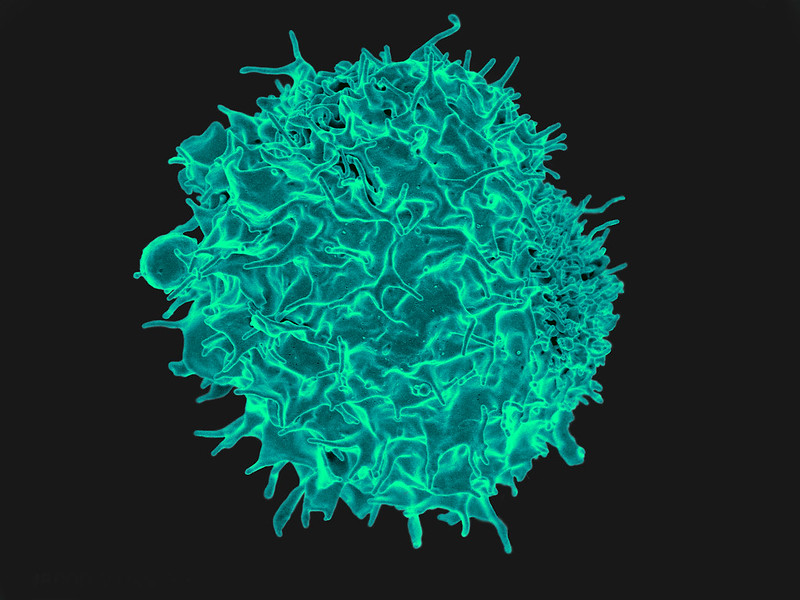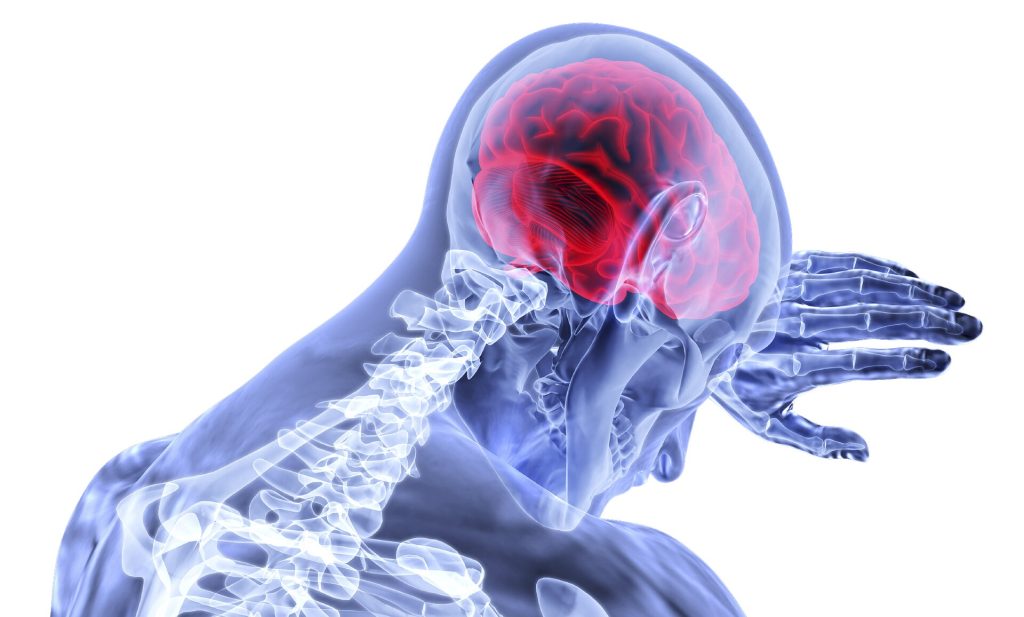Epstein-Barr Virus: How does a Common Infection Trick the Immune System into Attacking the Brain in People with MS?

Olivia Thomas, Karolinska Institutet; Graham Taylor, University of Birmingham, and Jill Brooks, University of Birmingham
Almost 3 million people worldwide have multiple sclerosis (MS) – an autoimmune disease caused by the immune system mistakenly attacking the brain and central nervous system.
While treatments for MS have improved over the years, there’s still no cure. This is largely because researchers still don’t fully understand what goes wrong in the immune system to cause MS. But our latest research has revealed new insights into the way certain immune cells behave in people with MS. This discovery brings us closer to understanding why some people get MS – and may also be a crucial step in developing better treatments and even cures.
Although the causes of MS aren’t fully understood, we know that genetics, lifestyle and environment factors can all influence MS risk. But the biggest risk factor for developing MS appears to be a common virus called Epstein-Barr virus (EBV).
EBV typically infects people during childhood without causing any symptoms – so most early infections go unnoticed. But if the infection occurs during adolescence, it may cause glandular fever (infectious mononucleosis) which, although debilitating in the short-term, usually has no long-term effects.
Most viral infections are rapidly cleared by the body’s immune system, but EBV is cleverer than most viruses. Although the immune system controls the infection, it is unable to completely eradicate the virus as it hides inside a type of immune cell called a B cell (which normally produce antibodies that bind to and destroy invading viruses or bacteria). Once you’re infected with EBV you carry it for life – although for most people this causes no problems.
By adulthood about 95% of people are infected with EBV, but in people with MS nearly 100% are infected. Large epidemiological studies have shown that EBV infection increases the risk of developing MS over 30-fold. For people who have had glandular fever the risk is even higher. Research has also shown that in people with MS, EBV infection occurs before the very earliest stages of disease.
Many researchers now believe being infected with EBV is more than a risk factor in MS – it’s essential.
But how does EBV cause MS – and why does a common virus only cause MS in a few people? Several theories are currently being investigated.
One theory is that in some people the immune cells activated by EBV mistakenly attack parts of the brain and central nervous system. This process, called molecular mimicry, also occurs in other autoimmune diseases, such as Guillain-Barré syndrome. This could explain why drugs which prevent immune cells from entering the brain are shown to dramatically improve MS symptoms.
Research into EBV molecular mimicry in MS has mainly focused on the viral protein EBNA1. Without EBNA1 EBV cannot live in B cells, and MS patients have higher levels of antibodies towards EBNA1.
But EBV makes over 80 different proteins during its life cycle. In our latest work we investigated immune responses to these other viral proteins in people with MS.
Altered immunity
We compared the immune responses of 31 people with MS, 33 healthy people and 11 people who had recently recovered from glandular fever. We wanted to see if each group reacted to EBV infections differently.
We found that antibodies targeting EBNA1 and another viral protein called VCA were higher in people with MS compared to the other groups. People with MS were also more likely to have antibodies targeting several other viral proteins. This suggests EBV antibodies are more altered in MS than previously thought – but it isn’t certain whether these antibodies are fighting infection or if they have a role in MS disease.

Antibodies aren’t the full story. Previous research has suggested another type of immune cell, called a T cell, may also play an important role as they’re found in high numbers in MS brain lesions. As such, we wanted to understand whether T cells which fight EBV were different in people with MS.
By analysing blood samples we found that, although EBV T cell numbers were similar in MS and healthy people, these cells behaved differently in people with MS. T cells from people with MS produced slightly higher amounts of an inflammatory substance called interleukin-2. The body normally produces this substance in response to injury or infection, but too much interleukin-2 can cause chronic disease.
We also looked at molecular mimicry, wondering whether EBV T-cells mistakenly target brain proteins rather than fighting the virus.
Surprisingly, we found that in both people with MS and healthy people, their EBV T cells reacted to multiple proteins found in the brain. Notably, most people had EBV T cells that targeted a protein called myelin oligodendrocyte glycoprotein, or Mog, which surrounds the nerves.
Looking at one person with MS in more detail, we found individual T cells that directly recognised both EBNA1 and Mog. This means that, rather than just fighting infection, some EBV T cells could also target nerve cells in the brain.
This widespread misdirection between EBV T cells and the brain goes some way to suggest how infection with this common virus can lead to MS. But its presence in healthy people is slightly confusing. One possible explanation could be that EBV T cells are better able to cross the blood-brain barrier (a tight-knit lining of cells that protect the brain) in people with MS. This idea is something we’re keen to explore in future research.
While there’s still much we don’t know about these misdirected EBV T cells in the brain, our latest findings provide fresh evidence for researchers and hopefully will lead to the development of new, targeted treatments for MS.
Olivia Thomas, Assistant Professor, Department of Clinical Neuroscience, Karolinska Institutet; Graham Taylor, Associate Professor in Viral and Tumour Immunology, University of Birmingham, and Jill Brooks, Research Fellow, Institute of Cancer and Genomic Sciences, University of Birmingham
This article is republished from The Conversation under a Creative Commons license. Read the original article.




